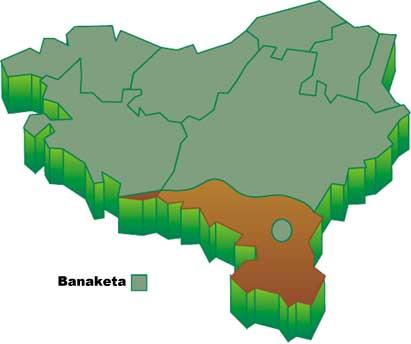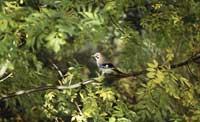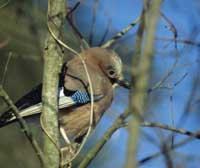Esquinoso, el salvador forestal

If we want to learn about the fauna of our environment, besides studying guides, encyclopedias, etc., it is enriching to talk with people related to animals. These people do not usually have the habit of giving pungent and round expressions, but they can explain to us what they know from another point of view and with charm.
As an example, a local hunter once told me: After confessing that I hated the mica and the crows from my heart, the corvid (“all the members of the crow’s family”) told me that they are “fast black birds that sing badly”. Since then I have started to think about what he has said and it seems to me that if we leave aside the hatred, the definition can be adequate. Let's see if the schemer of the same family meets the definition of our friend.

Let's start to see if it's fast or not. The corner is, without a doubt, an intelligent animal, like the rest of the corvids. As the name suggests, it is a hollow bird that discovers everything that happens around it. Also, as soon as someone is detected, he suddenly hides in the dark forest and thus informs all members of the team of danger. Despite not sounding, the schemer always alert, will soon denounce the cry: “Shrraac, shrraac”, making it easier to spot by singing than to see. Both this sound that brings out the corner and the singing of the rest of the corvids can be, in our opinion, harmful, but in addition to having a great capacity of communication, they have the ability to imitate the singing of other birds. The schematic, for example, does well the chanting of many predators day and night and, if it shows, can learn to repeat some words.
As for the color, the definition of our friend is not correct, unlike the corner, the raven or the raven, which is not black. On the contrary, it has a brown-reddish body of striking colors, with only bars, peaks and black “whiskers”. On the forehead and helmet, on the other hand, it has grey and dark feathers that, when angry, make them proud. Finally, its fins are decorated with blue and black feathers of splendor. The mentioned plumage is the same for males and females, and although the younger ones are clearer, they are very similar to adults.
The corner is a medium-sized bird. It has an approximate length of 34 cm and a weight of 170 grams in relation to the relatively light size. Bill and strong legs and blue eyes. It has a special way of flying, hitting, showing a rather clumsy appearance.

As you eat seeds, fruits, bugs, small vertebrates, slaughters, etc., we can say that the eskine is omniboron. He finds food in both trees and soil and soil, unlike other corvids, he jumps. It should be noted that this discreet animal has the habit of storing food. As acorns and other fruits abound, some hide in the soil or in the holes of the trunk to eat in case of scarcity. Thanks to its refined memory, although in most cases it is correct to find the saved fruits, some remain in the abandoned hole, which helps to restore the forest.
Although it can be found in all forests, the humid oak forests are preferred by this bird and, in general, the forests of the genus Quercus. However, it is also a typical and abundant species in beech and mixed forests. It also appears in the territories repopulated with conifers, but to a lesser extent than in the aforementioned forests.
In spring the reproductive instinct awakens. Between April and May, and after meeting by couples, they begin to build a nest in a tree and, in general, not very high. Its structure is formed by branches and soil that cover the interior with hairs. In it the female lays between 3 and 7 green eggs and after 18 days of incubation by the parents the hatching occurs. 20 days later, chickens can leave the nest. The Eskimos usually get a single baby a year, but if they break the first chitazo, they do it quickly.
The geographical distribution of Eskinoso in Europe is wide. It lives throughout the continent, except in northern Scandinavia; also in Asia and northern Africa. It is also common nest in all regions where the forest is located in Iberia. As for the Basque Country, except in the Ribera Navarra and the Rioja Alavesa, it appears everywhere, that is, throughout the territory covered by the forest. On the other hand, it extends from the coast to the highest forests of the Pyrenees and, as has already been said, has deciduous forests, but also finds an ideal habitat to live in conifers.

When winter comes, the Eskimos of the area remain there, that is, they show no tendency to migrate. However, in northern Europe they stop by year or head south. Faced with food shortages, Scandinavian Eskimos need to migrate south to survive.
Like the rest of birds, the Eskine carefully takes care of the plumage, since this is the one that gives it the right clothing and the possibility of flying. That's why you have to spend a lot of time cleaning, adjusting and combing the feathers, but in addition, the corner has another curious custom to highlight in these tasks: visit farms. In the concrete mixers of the genus Formica the wings open and the feathers rise so that the ants enter feathers.
These, as they do with any enemy, begin to emit formic acid, which seems to give a lot of taste to our schematic. It seems to be a formic acid, a good insecticide that helps kill pens and ticks and other skin parasites. Curious system for the forest whistleblower!
Species: Garrulus glandarius |





